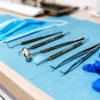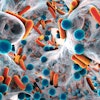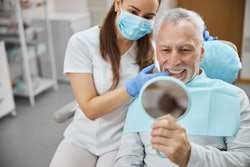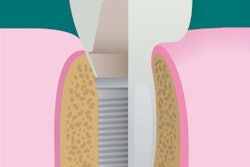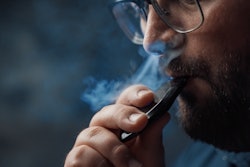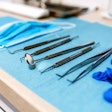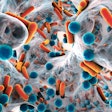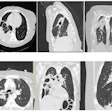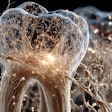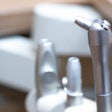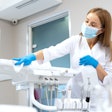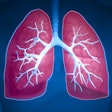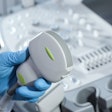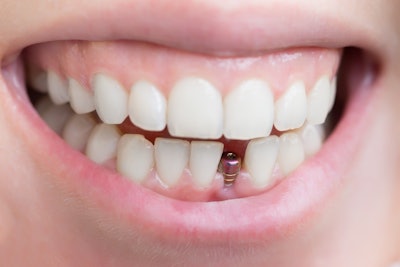
At a minimum, about 20% of accredited periodontics residency programs in the U.S. are reusing dental implant healing abutments, posing a risk of biological cross-contamination among patients. The study was published on July 4 in the Journal of Dental Education.
Furthermore, there appears to be a lack of standardization in the decontamination protocols among programs in which healing caps are being reused, potentially creating an infection control problem, the authors wrote.
"Therefore, further research is needed to address the uncertainty as to whether HAs (healing abutments) should/can be reused," wrote the authors, led by Dr. Aniruddh Narvekar, MS, of the University of Illinois Chicago College of Dentistry. "Until such time, HA should be viewed as single-use fixtures."
The reuse of healing caps for dental implants is rooted in research that revealed incomplete removal of debris from the surfaces of abutments following decontamination procedures and autoclave sterilization in clinical practice.
Healing abutments are classified as class II devices by the U.S. Food Drug Administration. This classification indicates general controls alone aren't enough to provide "reasonable assurance of the safety and effectiveness of the device."
Additionally, healing abutment manufacturers label these devices as single use since their surfaces cannot be restored to the condition of new ones. Furthermore, reusing the caps can have consequences, including litigation. If a patient is harmed and a recycled abutment was used, a suit could be filed for the clinician ignoring the manufacturer's use recommendations, according to the study.
In 2018, the University of Nevada, Las Vegas School of Dental Medicine voluntarily notified 184 patients of possible implant failure due to the reuse of sterilized healing abutments. At the time, the school offered implant replacement or alternative treatment for free.
To explore whether postgraduate periodontics residency programs are reusing abutments, an electronic survey was sent to the program directors at the 57 accredited dental schools in the U.S.
Only 14 program directors responded, and each responded that more than 100 implants were placed in their program annually. Of the 14 program directors who responded, three (21%) reported reusing abutments.
Each program had its own method of decontaminating abutments, highlighting a notable lack of standardization practices. One program director reported that the decontamination method was "manual cleaning, ultrasonic cleaning, inspection, and heat sterilization," while another stated that they "rinse, ultrasonic followed by autoclave." The last director reported, "... manual wiping followed by heat sterilization in a heat autoclave." These three directors stated that the abutments were only reused one time, the authors wrote.
A limitation of the study was the low response rate from program directors. The low response to this study raises the possibility that these results may be underestimating the occurrence of recycling healing abutments. In the future, a study should explore the reuse of healing caps in other educational settings where dental implant placements are done, including predoctoral programs, they wrote.
Though the findings suggest that a minority of residency programs in the U.S. are reusing implant abutments, "the limited number of responses leaves uncertainty regarding whether our findings underestimate the prevalence of this practice and accurately reflect the reality," Narvekar and colleagues concluded.


